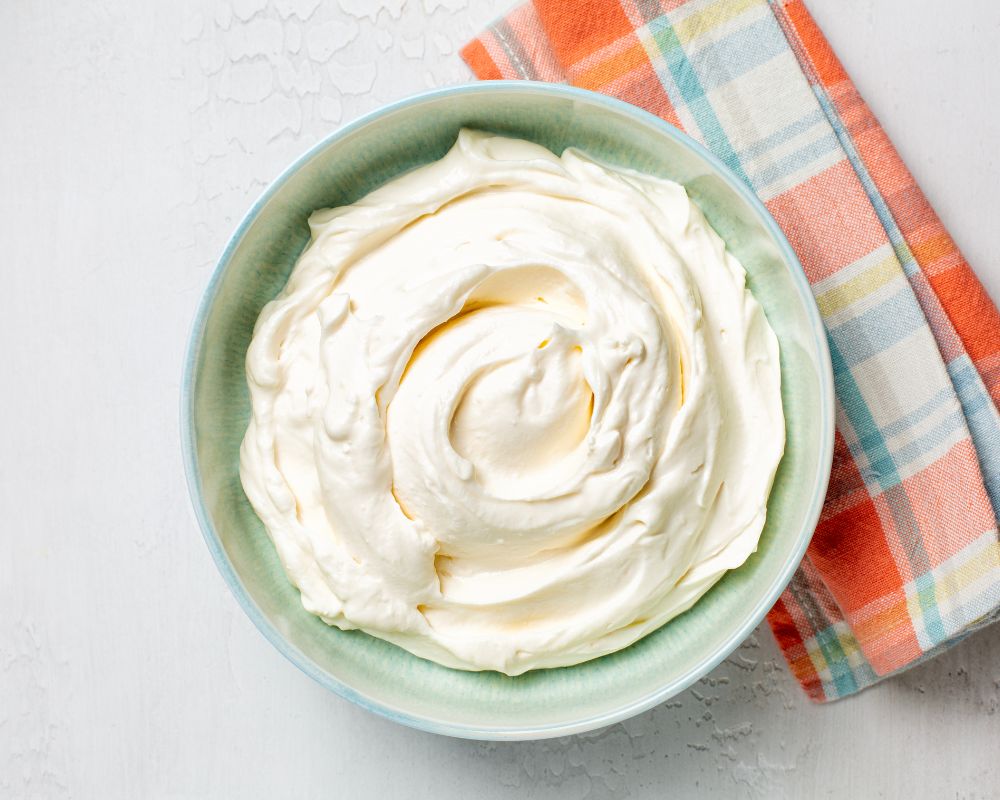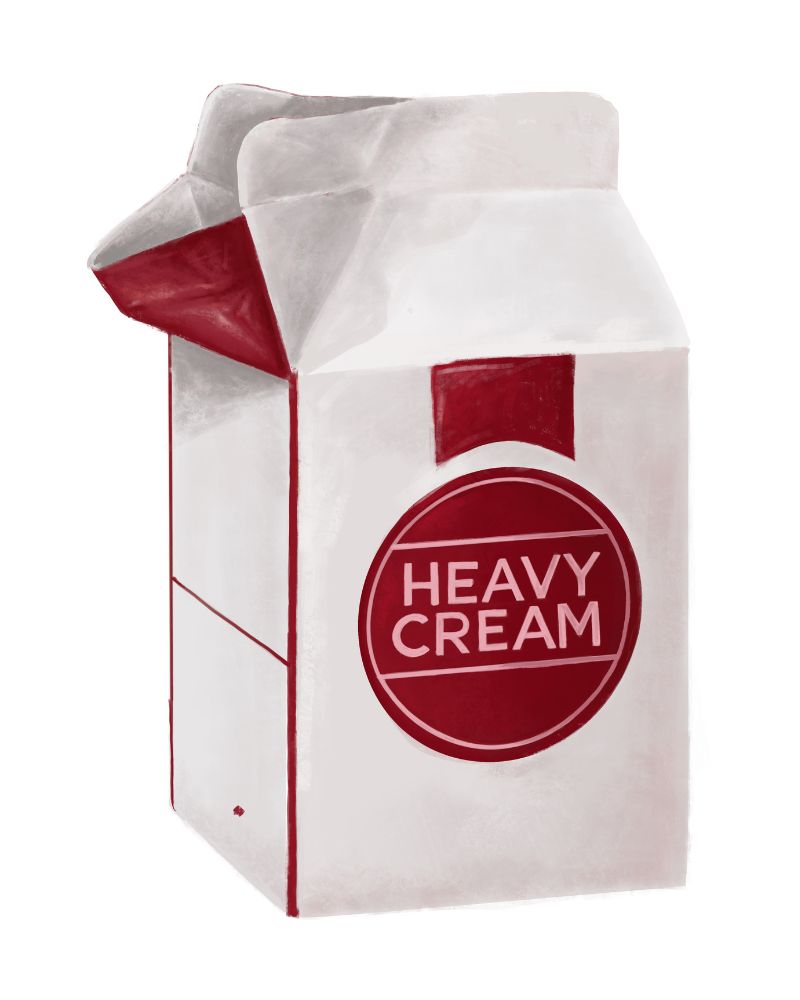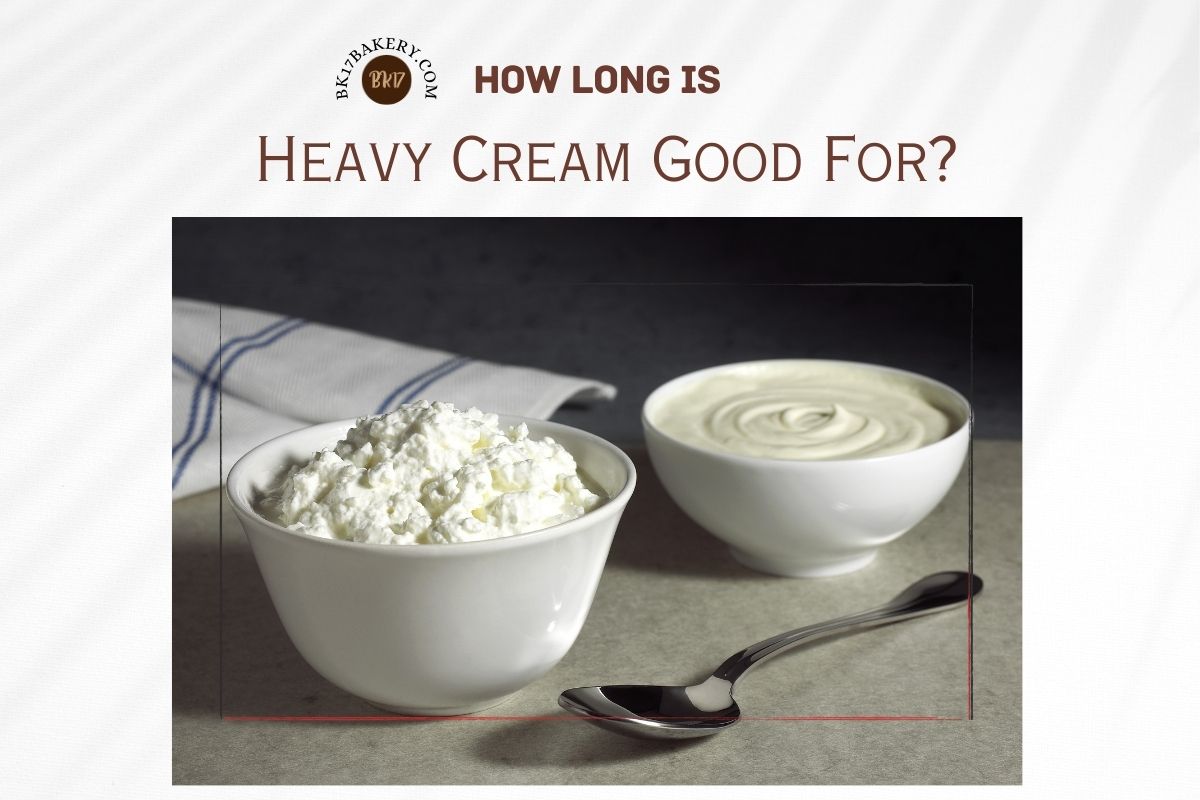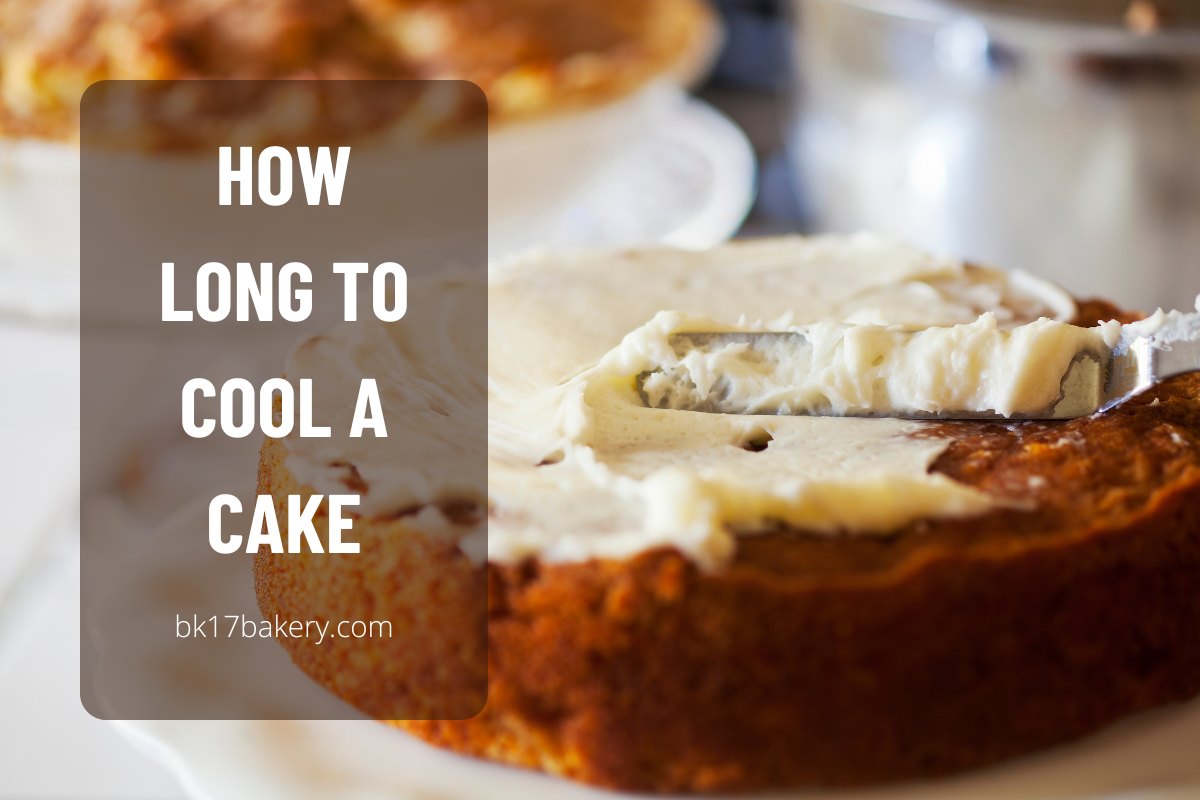Awesome texture and mouth-watering feel aside, heavy cream serves this mild, slightly sweet taste that can jazz up all other flavorful ingredients. And trust me, its fat content is gold, whipping up like a dream for my mousse or fluffy baked goodies!
Whether cracked open or sealed tight, we unfortunately can’t keep heavy cream around forever. But for how long can it stay with us, exactly? I know it’s a burning question, especially for my newbie bakers out there! Let’s clear the air once and for all.
In This Article
How Long Does Heavy Cream Last

Great news: Both unopened and opened heavy cream can chill in your fridge for about a month, according to USDA reports! And ultra-pasteurized cream is the real hero here; it’s heated at higher temperatures real quick, zapping all those pesky spores and bacteria to enjoy an even longer shelf life than most of its peers.
And let me tell you, an unopened heavy cream container is like a time traveler; it can stay safe to sip or use for a few weeks beyond its expiration date! (though it’s more of a “best-if-used-by” one). Keep it cool, away from light, heat, oxygen, or any other possible contaminants in the fridge, and you’ve got the secret sauce for a longer-lasting cream.
How to Tell If Heavy Cream Is Bad: 3 Obvious Signs of Sour Cream
1. Sour Smell
Is there any funky smell in your heavy cream? Yikes. Let me tell you why.
When heavy cream is still fresh, it’s got this subtle (maybe even grassy) and slightly sweet aroma. The high-fat content acts like the cream’s protective shield, putting the brakes on excessive bacterial action that might cause sourness!
So, once the cream’s gone bad, those bacteria would party hard, breaking down all the sugars to create lactic acid. You guessed it: that acid is the culprit behind the off, sour smell you might catch a whiff of!
And it’s not just the smell. Spoiled cream gets all clumpy or curdled, too, “thanks to” the nasty bacteria messing with its milk proteins.
Long story short, heavy cream with a sour smell is a no-go. Don’t risk food poisoning or a tummy ache! Toss it away immediately to steer clear of any health issues.
2. Yellowish Green Color
Fresh cream products usually look all pearly white or might have very subtle hints of yellow (mostly from the carotenoids hanging out in the milk fat). And what happens when things go south? You might spot some yellowing or even a funky greenish shade, a sign that bacteria are spoiling all the fats and proteins!
But here’s the kicker: A yellow-greenish tint in your heavy cream doesn’t always scream “spoilage” like a sour smell does. Sometimes, I notice that color might pop up simply because your cream had lounged around in a well-lit place for too long or the cows munched on too much green.
How do we break them down, then? Well, if it’s barely a whisper of yellow, your cream’s still okay. But a very strong, bold accent? Time to be alert! And don’t just focus on color; sniff around and look for other spoilage signs in my list, too.
3. Slimy and Clumpy Texture
Cream is… well, cream, for a reason; you know that creamy, smooth texture it brings to our baking? It’s supposed to be naturally thick, neither sticky nor stretchy, just pure velvety bliss!
When the texture starts to feel different, there must have been a sneak attack from those bacteria. They unleash enzymes that mess with the milk proteins (called casein), breaking them down into smaller bits. That’s a sure sign it’s past its prime and should be thrown into the trash can!
How to Store and Freeze Your Heavy Cream

- First things first: only freeze heavy cream that’s super fresh. Don’t go for one that’s already past its expiry date! And here’s the catch: whenever I defrost it later, the texture gets a bit different, all separated and grainy – not for everyone, but cherished by some!
- Pour your cooking cream into a freezer-friendly container, leaving some space for it to expand (about ½ inch should do). Seal it tight, mark a Use By date about 3 months ahead, and pop it in the freezer. It’s cool for around 3 months, but at its best within 1 month!
When it’s time to thaw, never leave it out on the counter; that’s literally a bacteria playground. Instead, let it chill in the fridge overnight. Sometimes, I even zap it in the microwave for short bursts when hungry. But don’t overdo it unless you want a sad, overcooked cream!
After defrosting, give this guy a good stir or a quick whirl in the blender to smooth out its grainy texture. That should get it back on track instantly!
What To Do With The Heavy Cream Leftover

- Caramelized Creamy Eggs: Who knew cream could be such a delight? I usually fry eggs (or any creamy dessert you fancy) in the skillet with heavy cream. When cooked down, it will split into buttermilk and butterfat content, giving your eggs a sweet caramelized touch. Yum!
- Cream Baked Eggs: This one’s a champ! It won my “Best Creamy Breakfasts” test for a reason – creamy and oh-so-tasty! Whip a bechamel sauce with heavy cream (gotta use all those extra cream up, right?) to cradle those eggs to perfection.
- Drunken Clams: White wine, sausage, clams, and heavy cream – now that’s a dream team! The result? A herby, smoky, ocean-flavored broth that pairs amazingly with crusty bread. It’s an absolute winner!
FAQs
What can I use to replace heavy cream?
Butter and milk, evaporated milk, cream cheese, coconut cream, olive oil and soil milk, or milk and Greek yogurt. You’ve got options for cream substitutes!
Does heavy cream go bad faster than milk?
Yes, due to the higher fat content.
Is heavy cream the same as heavy whipping cream?
Yup. They’re basically the same thing for baking purposes!
Conclusion
Heavy cream is a survivor that can stick around for almost a month; just pop it in a freezer-friendly, airtight container for storage. No more food waste!
And don’t toss those leftovers into the trash can. Trust me, they’re a treasure trove for tons of delicious recipes.







